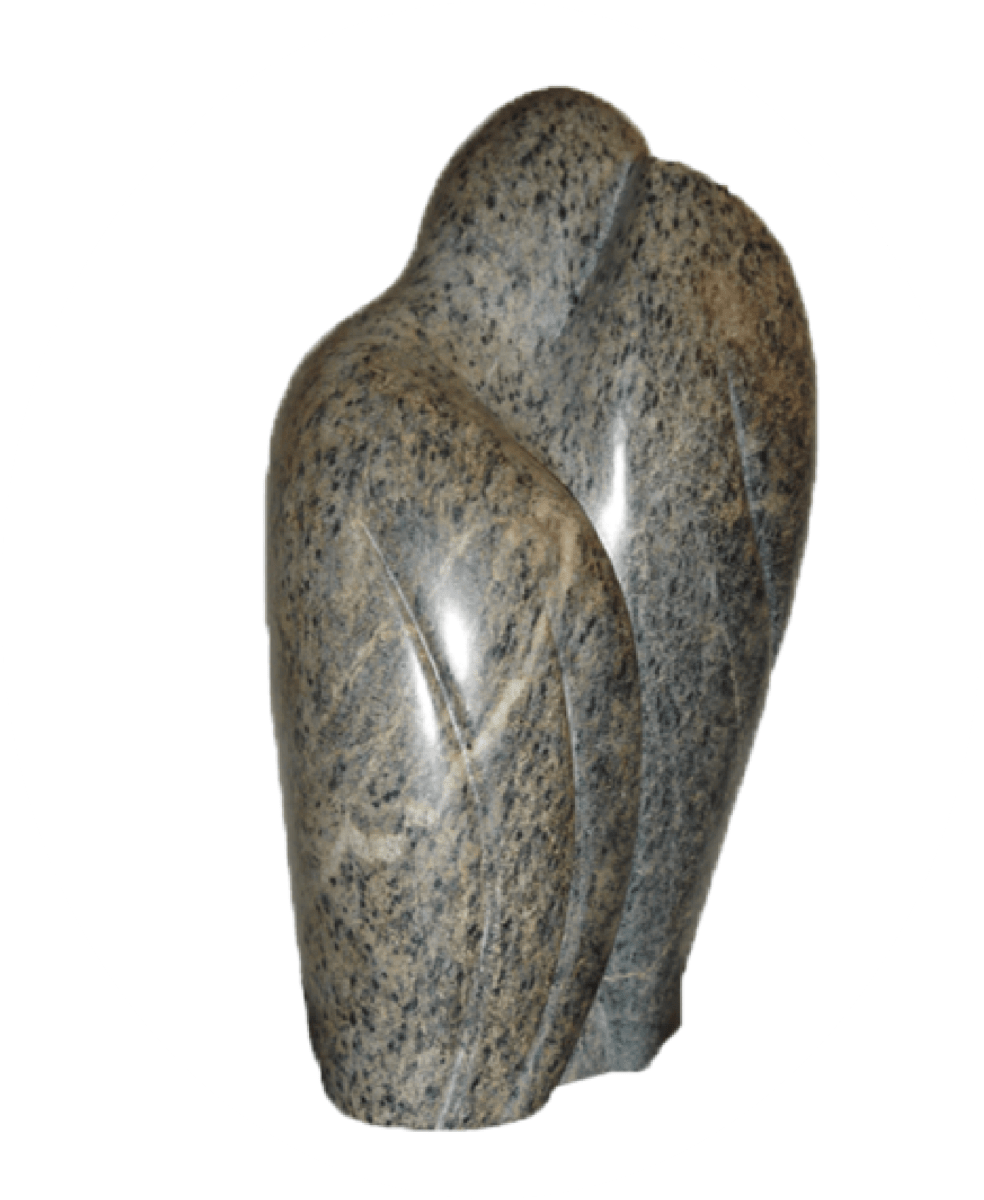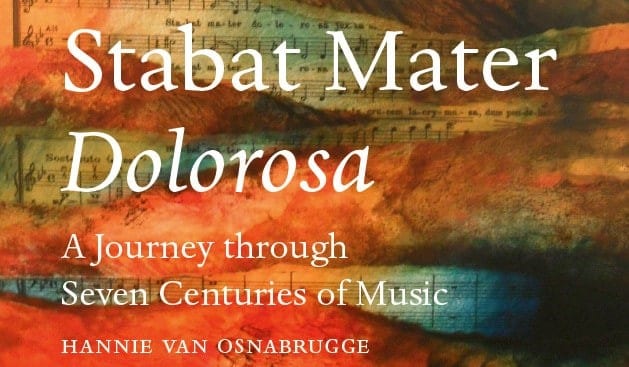Mr. Carlos Garcia from Portugal kindly contacted me about the Stabat Mater he composed in 2013. Carlos Garcia graduated in Music Education and Jazz (Piano) from the School of Music of Lisbon (ESML – Lisbon College of Music). He studied clarinet, organ, composition analysis and techniques, and orchestral conducting. He worked at the School of Music of the National Conservatory for eight years, teaching Introduction to Music and Music Education, and conducted several children and youth orchestras. He currently works as an assistant professor at ESML, in the Choir Conducting, Music Education and Music in the Community Courses.
Mr. Garcia composed two sacred works: Missa Breve (2011) and Stabat Mater (2013), both for choir and string orchestra. His Stabat Mater was performed in 2013 in Lisbon by Coro Ricercare e Orquestra Sinfonietta de Lisboa, conducted by Vasco Pearce de Azevedo.
Mr. Carlos Garcia wrote to me about his Stabat Mater:
The text portrays in an intense way the pain of those who accompany the brutal suffering and threshold of a brother/son at the time of death. For a mother who is deeply acquainted with the life of this special son, the anguish experienced at this moment is dramatic, yet mysteriously clothed with transcendent love. Besides the contemplation made by the poet to the pain of Mary in the first 8 stanzas, this search still, throughout the text, to take part of this pain. Through Mary, and with the poet’s dedication to this experience, at the end there is the request to Christ for the entrance into paradise. The composition of music for this poem was thought in a unique way, so that the text is sung without repetitions, in order to dignify each word, stanza or group of stanzas with a color of their own. Because it is a poem of a meditative character, there is a certain rhythmic fidelity to the tranquil spirit of the slow times of medieval and Renaissance polyphony. The melodic motif presented in the sopranos at the beginning of the play is recurring over time with subtle variations. The most expressive words were filled with harmonic colors of larger tension and resonance.




